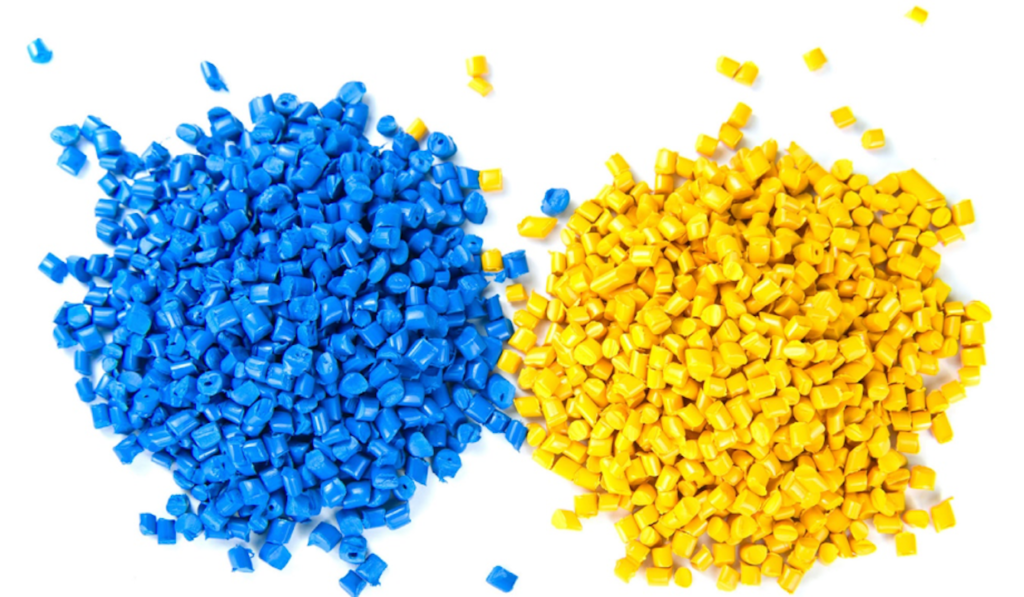Whenever something new gets discovered in the domain of science, the first uses always go to medicine and military purposes. Both of these fields are related to protecting lives, but we’re going to focus on the first one.
Healthcare costs a lot, and the people living in the United States have experienced that firsthand. If you don’t have insurance, it’s going to cost a fortune to get a checkup, let alone treatment. However, there has been a breakthrough in the field that will make a few treatments much cheaper. Click here to read more.
Instead of using equipment that’s made of glass, ceramic, or steel, we can now use medical grade plastics. This revolution offers a lot of advantages to the industry, and a lot of things will change for the better in the future.
What are medical grade plastics?
When you say that something is medical grade, that usually means that someone who has a physician’s license makes them. This means that every product that leaves the lab has undergone strict testing and regulations in order to be available to the public.
There’s always someone on shift who looks that everything is under control and to regulate all of the different components that go into making the equipment. These plastics are amazing because they combine the best things from metals, glass, and ceramics.
They don’t corrode, they don’t interact with chemicals, and they can handle extremely hot temperatures. It doesn’t matter how many times you sterilize them. They will be exactly the same as when you unpacked them for the first time.
Plus, in medicine, all the equipment comes in contact with different bodily fluids. These plastics can handle everything, and they’re mostly made from polycarbonate or polypropylene. Doctors can now use surgical tools that are cheaper, and some machine parts have been changed because of this advancement. Here are some of the advantages that come from using these plastics.
They are safer
A few decades ago, the entire medical field used glass made equipment. Anytime you interact with glass, there’s the probability that it can break. Imagine if you’re doing an operation, and you squeeze the device a bit harder, and it breaks. Follow this link for more info https://www.medicalplasticsnews.com/news/the-transformative-influence-of-plastics-on-implantable-medi/.
That becomes a massive problem for everyone. Plastic, on the other hand, is not permeable, and it’s also shatterproof. This means that you won’t have to worry when you transport hazardous materials. There’s absolutely no chance for the contained substance to interact with the environment.
Another great use is tamper-proof capping. This means that the pharmaceuticals you’re taking haven’t been tampered with, and you’re getting exactly what you need.
Versatility
Nowadays, most of the things that get used in hospitals are made from plastic. It might come as a surprise to you to find out that IV tubes, joint replacements, catheters, and other implants are made from this material. That’s because it has proved itself in every test that scientists could come up with.
Plus, it’s extremely cost-efficient. Some surgical tools need to get thrown away immediately after use. This means that diseases and infections that could spread from the tools will be under control. Additionally, if sterilization is needed, these types of plastics can have an antimicrobial finish.
This means that all the viruses and bacteria that come in contact with the medical grade plastic surface will get killed immediately. Even if you don’t sterilize the tools, these effects still work. This eliminates the chances of a highly contagious virus or bacteria spreading, even if there is a human error involved.
Environmentally friendly
This is a big one. Many people think that just because something is made of plastic that it’s instantly dangerous for the environment. Well, the good news here is that all the items used in medicine can be recycled.
This means that everything that gets used goes right back into production to be reused. Also, there is a lot of room for improvement. When you combine three-dimensional printing with these easily malleable materials, an entirely new world opens up.
Many people could get prosthetics at a fraction of the normal costs. Plus, many scientists are working on new polymers that will instantly stop bleeding. The future uses are many, and we’ve only just begun.

